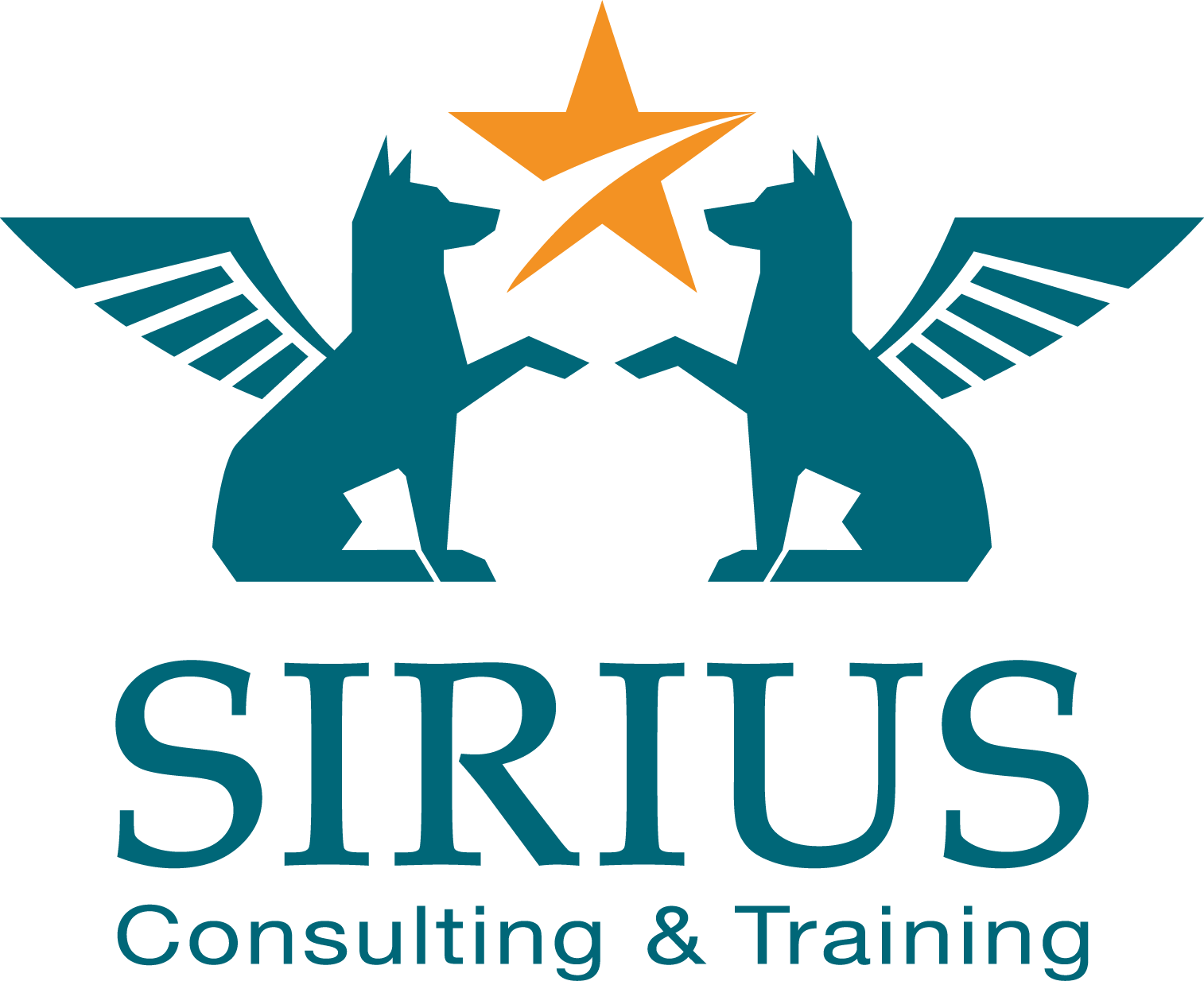It is no longer possible to imagine software projects without testing. The goals of testing are to detect error states and error effects, to ensure the completeness of the system, to create trust in the product, to minimize associated risks when using the software and, if necessary, to meet regulatory requirements. The aim is to ensure that the software meets the desired quality standards and user requirements.
Test Management

For many projects, testing is also the biggest hurdle. Depending on the project, the number of test cases can quickly reach several figures. Therefore, it is important to structure the testing in order not to lose the overview. A solid and comprehensive test management is therefore indispensable.
Test management begins well before the test phase itself. In the requirements analysis, it can sometimes be helpful to involve the future testers or test managers and conduct early reviews of the requirements. These open up a new perspective and can possibly identify gaps, inconsistencies or duplications. The following always applies across all phases and projects: The earlier an error condition or effect is discovered, the more favorably it can be corrected.
During development, there are so-called developer tests or unit tests. These have a high automation potential. However, the chances of automation depend on the maturity of the test process. This is the responsibility of the test manager. This means that the test management already takes on controlling and monitoring activities during development. An additional task is to drive the further development and optimization of the tests, because ideally the more advanced/comprehensive tests (integration and system tests – later also acceptance tests) build on the component tests – which saves effort, costs and time. This applies to both the execution and the test case creation.
Other services
Once development is complete, the process moves to the test phase. This is usually divided into different test stages, each of which is processed sequentially: Component test, component integration test, system test, system integration test and the acceptance test. The test management takes here the central role for organization/planning, control and steering. As a rule, this includes the test manager reporting the current test progress, potential risks and countermeasures as well as the current plan to the project/program management. To ensure the necessary overall view, test management tools are used that simplify and automate many activities that the test manager would otherwise have to perform manually. Thus, a consistent quality of the reporting data and the overall overview is achieved.
At SIRIUS, we use the specially developed and proven SIRIUSReprtong Wizard for this purpose. This enables you to obtain the entire overview and prepare all target group-oriented reports at the touch of a button. Weak or labor-intensive report constructs are now a thing of the past.
At what point does test management end? Ideally at the point when the system is shut down. The test process is subject to a continuous development and improvement process that extends over the entire life cycle of the application. As the process matures, the effort and thus the costs decrease while the software quality remains constant or even increases.
Build on SIRIUS to achieve the decisive edge in your projects. You benefit from more than 20 years of practical experience, which is bundled in our unique reference model and has led a large number of projects to success.

